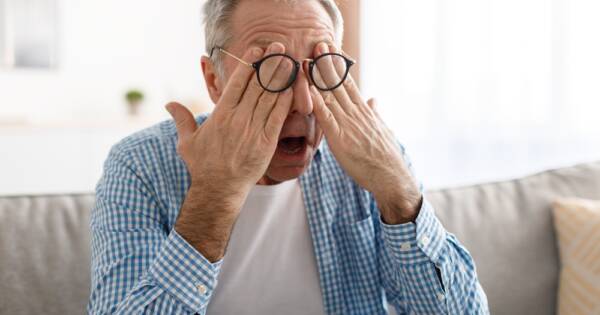Prolonged exposure to mold presents serious health risks, particularly affecting those with respiratory conditions or weakened immune systems. From triggering allergic reactions to exacerbating asthma, mold can severely impact respiratory health. This article delves into the symptoms, vulnerable populations, and risk factors associated with mold exposure. Additionally, it explores effective removal, prevention, and treatment strategies to protect health and maintain a safe environment. Understanding these aspects underscores the importance of proactive measures against mold.
The Health Risks of Prolonged Mold Exposure
Mold exposure poses numerous health risks, particularly for individuals with pre-existing respiratory conditions or weakened immune systems. Prolonged exposure can lead to allergic symptoms similar to those caused by plant pollen, such as watery eyes, runny nose, sneezing, and itching, with more severe cases presenting difficulty in breathing, headaches, and fatigue noted by health experts. For some individuals, repeated mold exposure can increase sensitivity and lead to more severe allergic reactions, with people like infants, children, the elderly, and the immuno-compromised being at higher risk for experiencing these symptoms.
Mold and Respiratory Health Concerns
Respiratory issues are a major concern when discussing mold exposure, as these symptoms have been linked to exacerbation or onset of asthma and other lung diseases. The Centers for Disease Control and Prevention (CDC) highlights that mold exposure, particularly in damp environments, can trigger and worsen asthma, causing significant respiratory distress symptoms such as coughing, wheezing, and chest tightness according to CDC findings. Mold can also cause hypersensitivity pneumonitis, an immune system disorder leading to lung inflammation and symptoms mimicking flu, emphasizing the importance of avoiding prolonged exposure to moldy environments.
Identifying Mold Exposure Symptoms
Symptoms of mold exposure often mimic those of other allergic reactions, including skin rashes, headaches, and respiratory problems, and can be found in various types of indoor molds like Cladosporium, Penicillium, and Aspergillus often seen in home environments. These symptoms can severely impact individuals with existing health issues, including lung infections and asthma attacks, often seen in those with an allergic reaction to mold exposure.
Risk Factors and Vulnerable Populations
Individuals with a family history of allergies, or those who live in high humidity environments, or who work in high mold exposure occupations like farming or woodworking, are at higher risk of developing mold allergies highlighting certain occupational hazards. Moreover, certain molds like Stachybotrys and Aspergillus can produce harmful mycotoxins, which pose increased health risks when exposure is prolonged or when the individual has existing respiratory issues noted by health advisories.
Mold Removal and Prevention Strategies
Efficient mold removal and prevention strategies are essential to mitigate health risks associated with exposure. Mold presence often necessitates immediate cleaning, particularly in visible areas. It is crucial to address moisture sources, such as leaks and damp areas, to prevent regrowth. Areas larger than 10 square feet can require professional remediation. Moisture control measures, including using dehumidifiers, fixing leaks, ensuring adequate ventilation, and using mold-resistant paint, are key in preventing mold proliferation. It is also important to dry wet areas within 24 to 48 hours to maintain a mold-free environment emphasizing moisture management practices.
Treatment and Management of Mold Exposure
Managing mold allergies and exposure effectively involves reducing household humidity levels, ensuring proper ventilation, and regular cleaning of areas that may contribute to mold growth. Over-the-counter medications can alleviate mild to moderate symptoms, and in some cases, more severe symptoms may require medical treatment, including antihistamines and immunotherapy, to decrease sensitivity. Preventive measures play a pivotal role in combatting mold exposure highlighting effective household interventions.
Why Understanding Mold Exposure Is Important
Understanding the health effects and symptoms of prolonged mold exposure is vital for safeguarding personal and family health. Early identification and removal of mold will prevent the health risks associated with its presence, especially for at-risk groups. Informed strategies can significantly reduce the chances of severe allergic reactions and respiratory complications, ensuring a healthier living environment. Empowering oneself with knowledge about mold exposure lays the foundation for effective prevention and treatment measures, underlining the importance of proactive measures in daily life.
Sources
Health Implications of Mold Exposure
CDC on Health Issues Related to Mold


